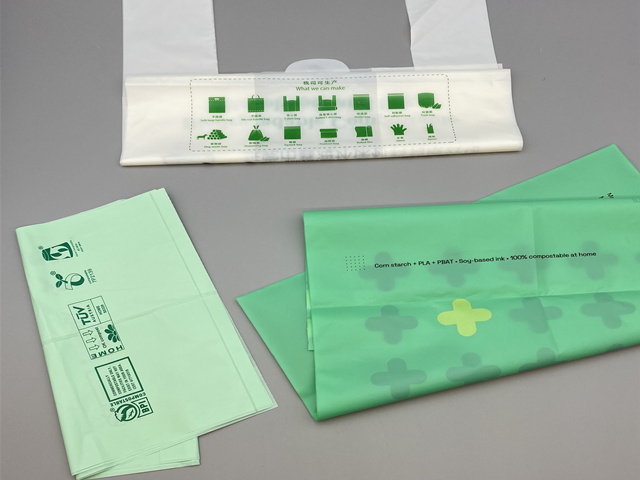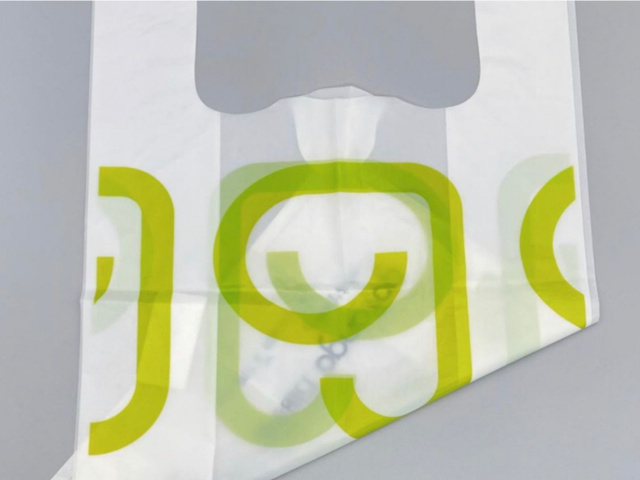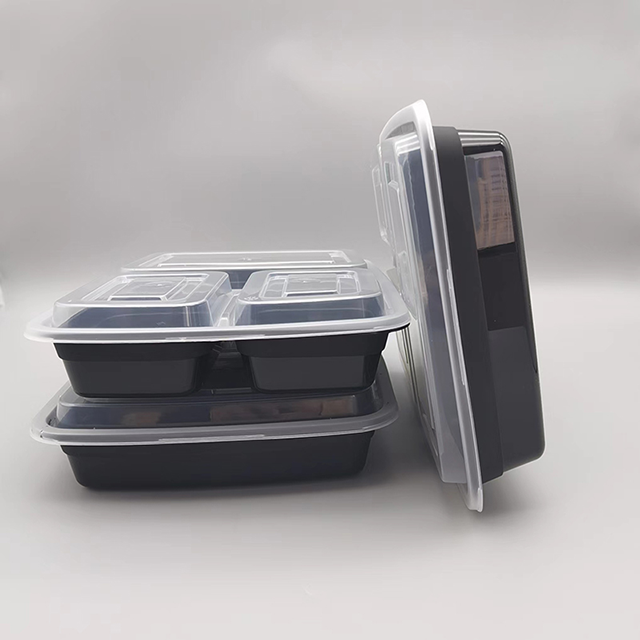The difference between biodegradable film bags/lunch boxes and traditional plastic products In recent years, with the improvement of environmental awareness, biodegradable film bags and lunch boxes have gradually attracted people’s attention. Compared with traditional plastic products, biodegradable products have many differences. This article will discuss the differences between biodegradable film bags/lunch boxes and traditional plastic products from three aspects: biodegradability, environmental protection and compostability.
1. Biodegradability difference the most significant difference between biodegradable film bags/lunch boxes and traditional plastic products is biodegradability. Traditional plastic products usually use petroleum as raw materials and are difficult to degrade. Biodegradable products are produced from natural renewable resources, such as starch, polylactic acid, etc., and have good degradability. Biodegradable film bags/lunch boxes can be decomposed by microorganisms in the natural environment, thereby reducing environmental pollution.
2. Difference in environmental protection Biodegradable film bags/lunch boxes have less impact on the environment, which is significantly different from traditional plastic products. The production process of traditional plastic products will release a large amount of carbon dioxide, which will have a certain impact on global warming. In contrast, relatively small amounts of carbon dioxide are produced during the production of biodegradable products. The use of biodegradable film bags/lunch boxes will not cause serious pollution to the environment and is a more environmentally friendly choice.
3. Compostability difference Another important feature of biodegradable film bags/lunch boxes is compostability. Traditional plastic products have strong durability and cannot be degraded by microorganisms in the natural environment, so they cannot be effectively composted. In contrast, biodegradable film bags/meal boxes can be quickly degraded and digested by microorganisms and turned into organic fertilizer to provide nutrients for the soil. This makes biodegradable film bags/meal boxes a sustainable option with less impact on the environment.
4. Differences in use There are some differences in use between biodegradable film bags/lunch boxes and traditional plastic products. Biodegradable products tend to soften in a humid environment, reducing their service life, so they need to be properly stored. Traditional plastic products have good durability and waterproof properties and are suitable for long-term use. When choosing which product to use, comprehensive considerations need to be made based on specific needs and usage conditions.
5. Differences in industrial development The production and sales of biodegradable film bags/lunch boxes have great business opportunities and potential. As global environmental awareness increases, more and more consumers are choosing to use biodegradable products. This has promoted the development and expansion of related industries, creating employment opportunities and economic benefits. In comparison, the traditional plastic products industry is facing increasing pressure and needs to gradually develop in a more environmentally friendly direction.
To sum up, there are obvious differences between biodegradable film bags/lunch boxes and traditional plastic products in terms of biodegradability, environmental protection and compostability. Biodegradable products not only cause less pollution to the environment, but can also be turned into organic fertilizers and returned to the natural cycle. However, there are certain limitations in the use of biodegradable products. In general, the choice of which products to use should be made rationally based on actual needs and environmental conditions, and environmental awareness and sustainable development should be promoted.
Post time: Nov-20-2023













